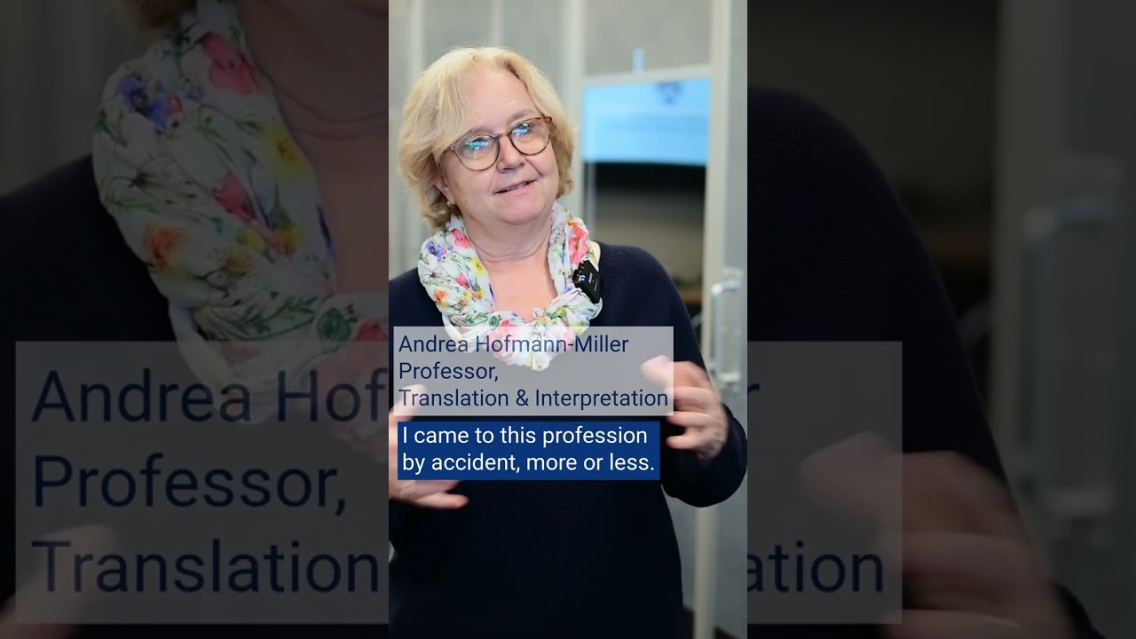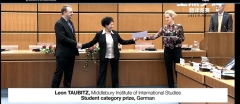New MA in Interpretation for Diplomats and Executives Combines Advanced Language and Policy Studies
| by Sierra Abukins
This customizable degree helps those working in international diplomacy and business enhance their interpretation skills while allowing them to take courses in global security, sustainability, and development.



